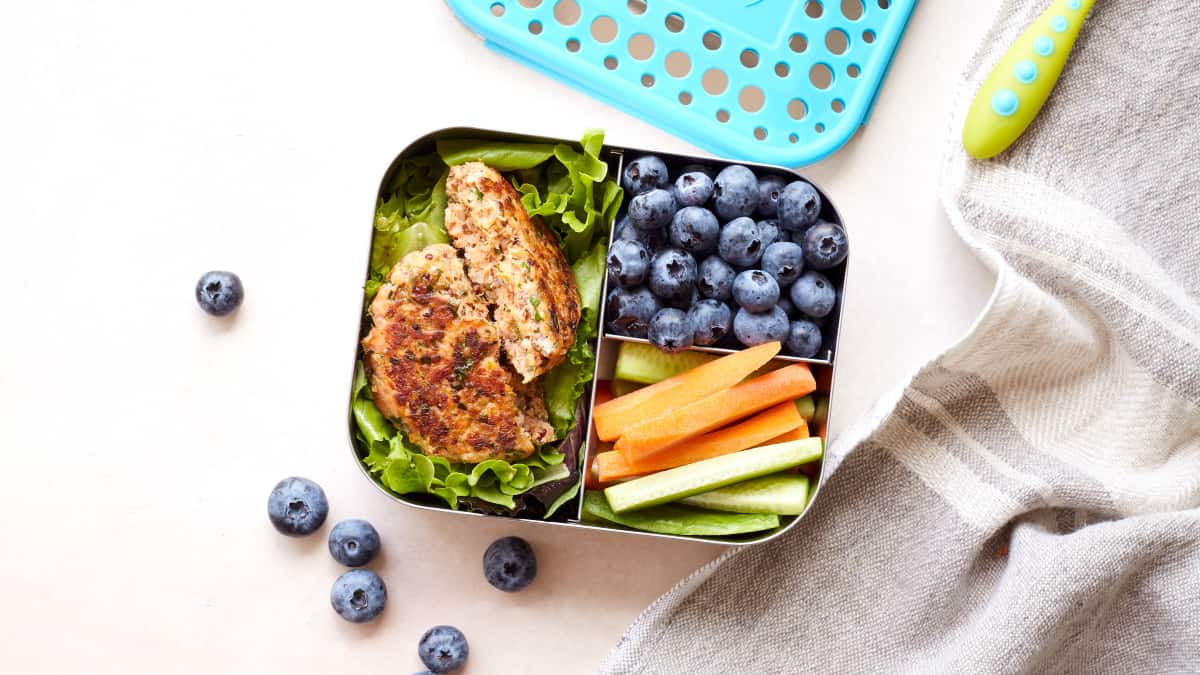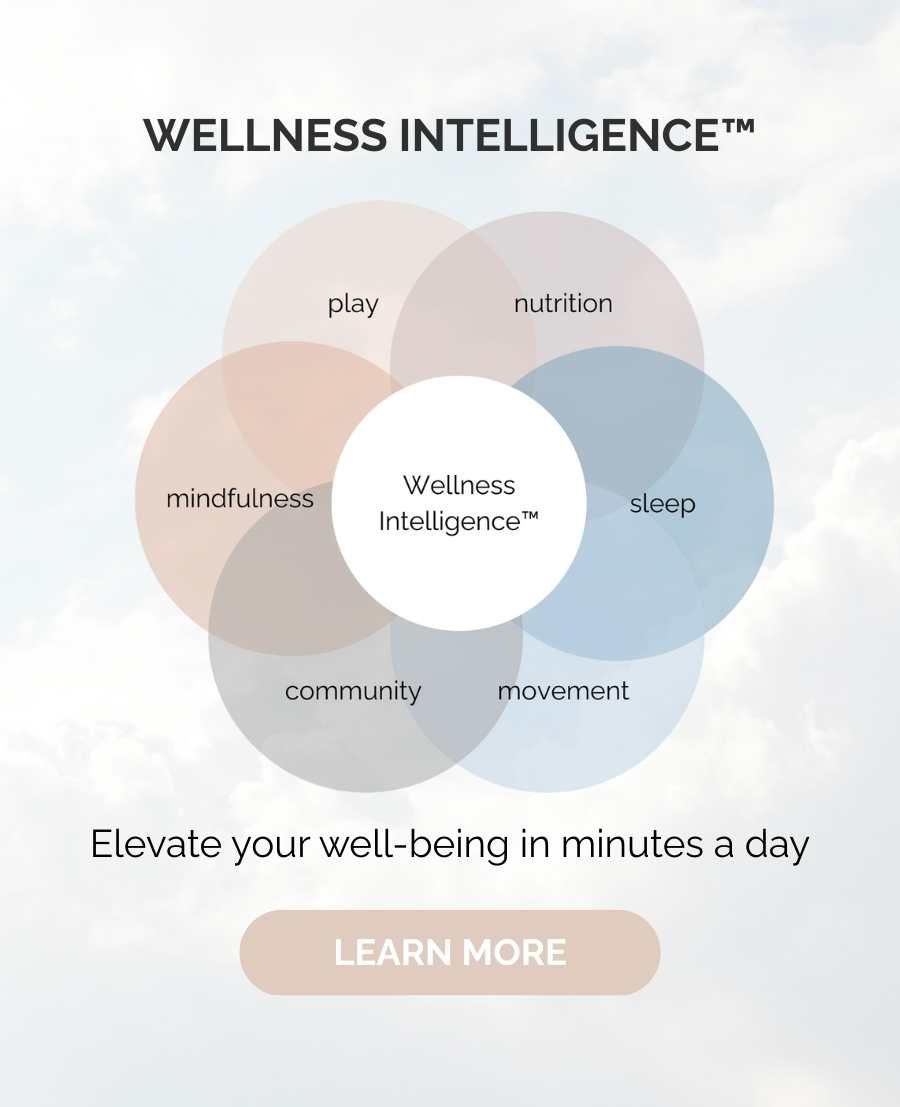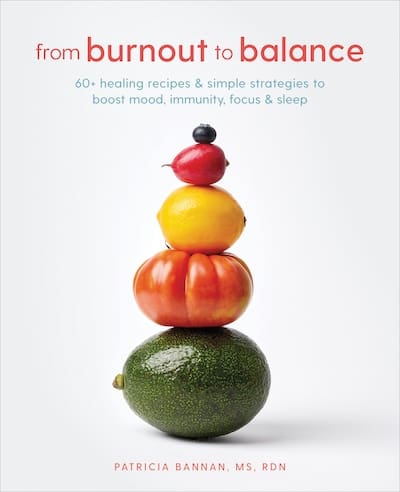As back-to-school approaches, it’s time to think not only about school supplies and outfits, but also about nutrition and health. What kids eat effects every aspect of their day, including their mood, energy, and school performance.
A study conducted by researchers at Tufts University showed that 3rd and 4th grade children consuming more snack foods and sugar-sweetened beverages had lower scores on standardized academic tests. In another new study, researchers at the University of Illinois found that children with greater ongoing hydration performed better during tasks requiring cognitive flexibility.
To help your kids start the school year off right, embrace these five nutrition tips for back-to-school ease.
1. Start the Day Off Right
Breakfast may just be the most important meal of the day, especially for students. Research shows that kids who eat breakfast regularly are more likely to have better concentration, problem-solving skills, creativity, and school attendance than those who do not.
Mornings can be a busy time of day, but making a healthy breakfast doesn’t have to be complicated or time consuming. Here are some quick and easy breakfast ideas for a healthy start to the day:
- Oatmeal topped with chopped nuts, fruit, and cinnamon
- High-fiber cereal with low-fat milk, and fresh fruit
- Breakfast smoothie made with low-fat milk, Greek yogurt, and fruit
- Whole-grain waffle topped with nut butter and fresh berries
Pro Tip: Prep ingredients for breakfast the night before. This makes the morning go quicker and smoother, and can leave one less thing to worry about when days get busy.
2. Involve Your Kids in Making Lunches
Including kids in the meal-making process can help improve basic skills such as math, literacy, and following instructions, as well as encourage adventurous appetites, boost confidence, and combat picky eating. Allowing kids to have a say in what goes into their meals and snacks, as well as learning the skills to make it, can empower them to make healthier choices, and set the foundation for improving food skills.
Involving your kids in the grocery shopping process as well can allow you the opportunity to pick out healthy options together, and explore new foods to try. Start off with fiber-rich options such as whole-grain breads or wraps, and fresh fruits and vegetables. Include lean proteins like skinless chicken breast, tuna fish, or bean-based pastas to build well-rounded lunches.
Pro Tip: Have your child pick out a new fruit or vegetable each week to try together. It may become a favorite!
3. Embrace Food Groups
Create a balanced meal by including options from different food groups such as fruits and veggies, whole grains, meat/meat alternatives, and dairy/dairy alternatives. Bento boxes with separate compartments are a fun and easy way to build a balanced meal that includes foods from each group.
Here are a few food ideas for each group that you can use to build a balanced bento box lunch:
- Fruits: clementine sections, fresh berries, apple slices, orange slices
- Veggies: baby carrots, cucumber slices, bell pepper strips, celery sticks
- Whole Grains: whole grain crackers, whole grain pretzels, whole wheat bread sandwich, whole wheat wrap for pinwheel sandwiches
- Meat/Meat Alternatives: low-sodium deli turkey, nut/seed butter, tuna salad, diced chicken, hummus/beans
- Dairy/Dairy Alternatives: coconut yogurt, cheese sticks, cottage cheese, drinkable yogurt
Pro Tip: Keep a list of favorites from each group handy to make creating a balanced meal quick and easy.
4. Stock Up On Nutritious Snacks
Having healthy snacks ready to go can make powering through busy schedules more manageable. Packing nutritious snack options can help making a healthier choice easier, and provide children with longer-lasting energy they need for afterschool activities, sports, or events.
Here are some simple snack ideas to try:
- Homemade trail mix with nuts, seeds, and dried fruits
- Green pea snack crisps or roasted seaweed snacks
- Hummus and whole-grain crackers or bell pepper strips
- Whole fruit and string cheese
Pro Tip: Stock a resealable bag or bin with shelf-stable snack options and keep it in the car. This way, there will always be healthy snacks available no matter how busy schedules get, and is one less thing you have to worry about.
5. Enjoy Budget-Friendly Family Meals Together
While schedules can easily get hectic, it’s still important to prioritize family meals. Research shows that sitting down to a meal together offers huge benefits – not only do family meals encourage healthy diets and weight management, they also reduce picky eating and lower the risk for kids to engage in high-risk behaviors like substance abuse and violence.
Make meals easier by adopting the cook once, eat twice framework. Cook staple ingredients such as whole grain pasta, brown rice, salmon filets, or chicken breast one night, and use leftovers to create a new meal the following night. You can use leftover salmon to create these Super Grains Salmon Burgers that are full of flavor, and only take a few minutes to pull together.
Pro Tip: Short on time? Skip the trip to the grocery store by having them delivered straight to your door using a delivery app.
Do you have any tips for creating kid-friendly meals?






